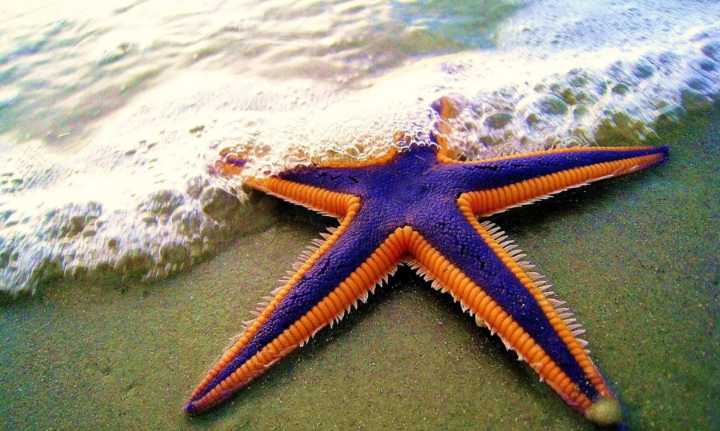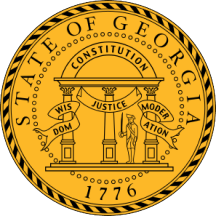Isee my first sunflower sea star in a plastic container barely large enough to hold a sandwich. It’s eating lunch. I am in a garagelike government laboratory on the curled tip of Washington state’s Marrowstone Island, not far from a dark and drippy cedar forest at the northern edge of Puget Sound. Tubes pump icy ocean water into dozens of containers, each of which serves as a makeshift condominium for a single baby sea star. Around me, scientists are popping off lids and documenting which container walls each animal is touching. “Near side, left side, bottom,” one murmurs as another jots notes.
The sunflower stars are being kept in isolation to avoid transmitting germs. They are, in a sense, social distancing, for the same reason we did in the early days of COVID-19: Some might carry a pa

 The Columbian
The Columbian

 Local News in Georgia
Local News in Georgia America News
America News FOX News
FOX News MENZMAG
MENZMAG Daily Voice
Daily Voice WESH 2 News
WESH 2 News Associated Press US News
Associated Press US News Law & Crime
Law & Crime Cover Media
Cover Media WBAL-TV 11 Baltimore Entertainment
WBAL-TV 11 Baltimore Entertainment